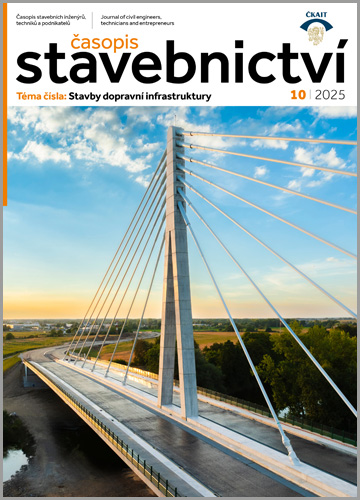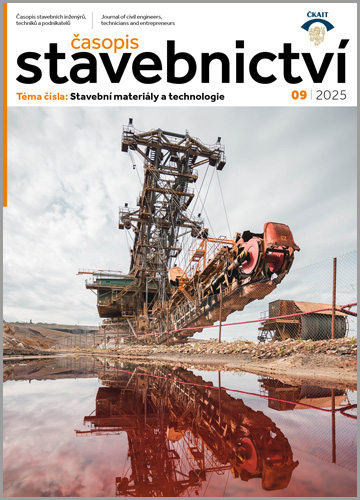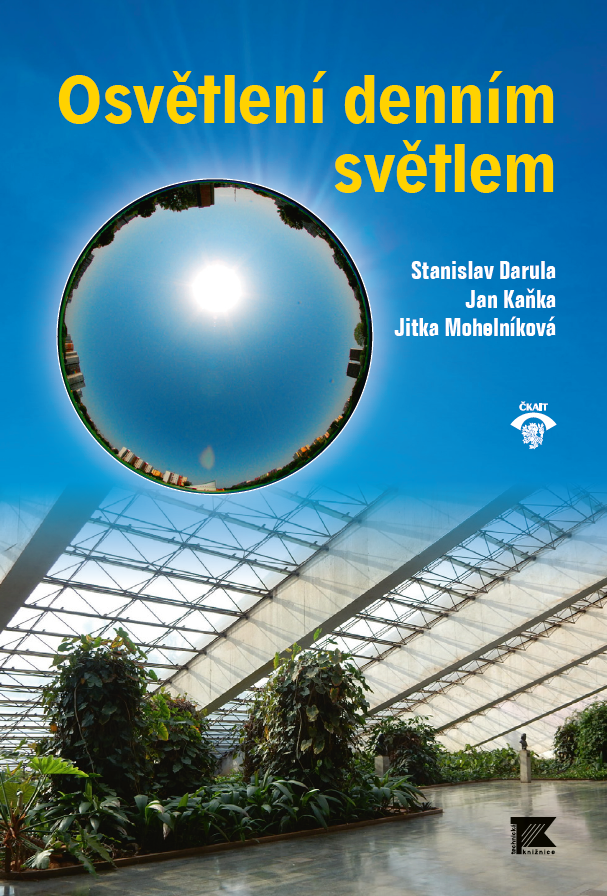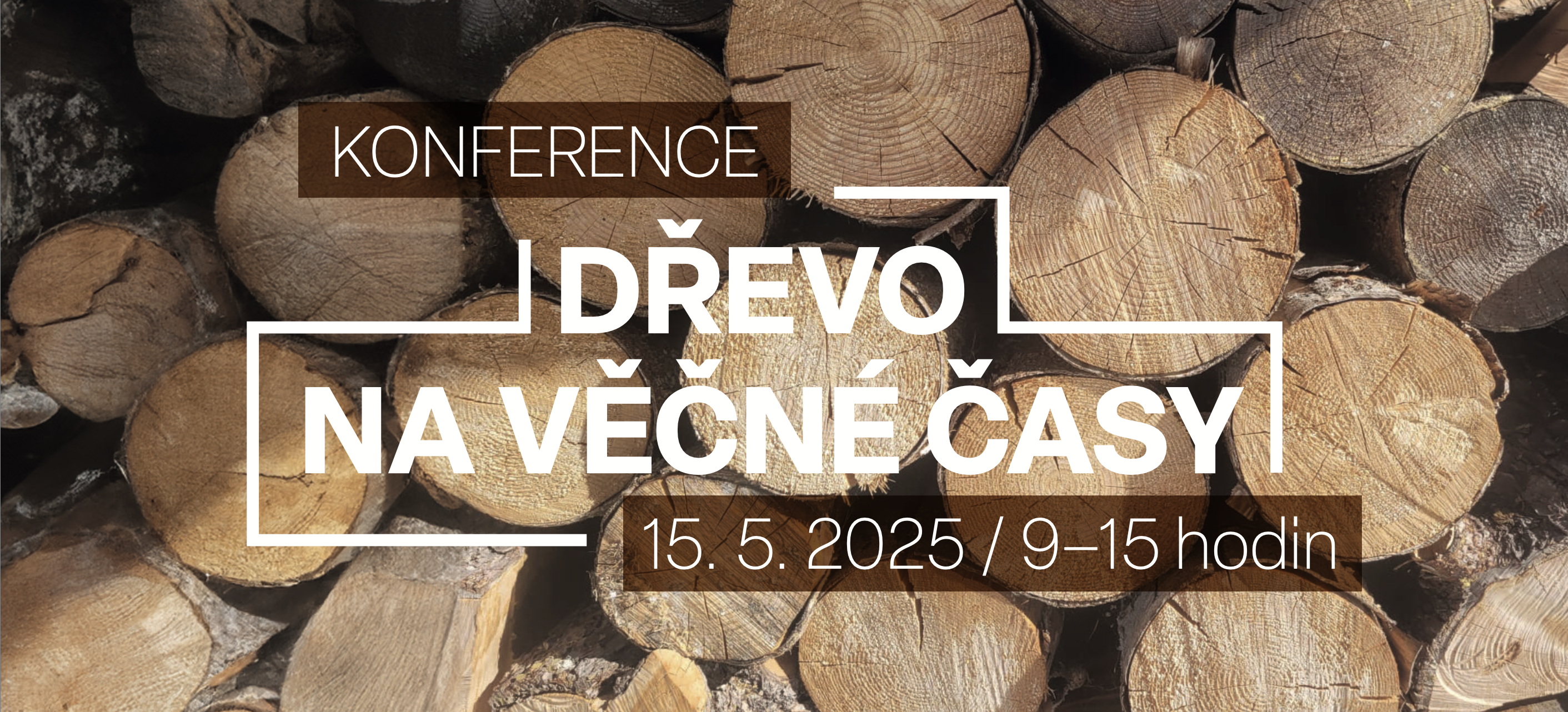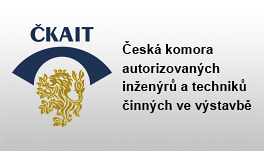TOB 6/2015
Editorial
The thermal protection of wooden buildings and their energy efficiency
Jiří Šála
Indoor Climate Quality of Buildings
Healthy internal environment, ventilation
Zuzana Mathauserová
There is given an overview of requirements for ventilation of various types of internal environment of buildings in this article. It should ensure compliace with hygiene requirements for a healthy internal envronment. High concentration of CO2 in school buildings due to a poor ventilation is described in detail. Despite ventilation is a an energy demanding process, keeping sufficient ventilation of all occupied rooms is important.
Projection, Theory, Surveys
Development of short-term latent heat storage technique: State-of-the-art
Milan Ostrý
The utilization of renewable energy sources in buildings very often requires an effective way of thermal energy storage. The sensible heat storage capacity of common building structures depends on the weight of the structure, its thermal capacity and the temperature difference between the start and the end of the heat storage process. In latent heat storage the heat is stored by phase change of the storage medium. The solid-liquid transformations are most commonly utilized. The latent heat storage media based on the reversible the solid-liquid phase change are called the Phase Change Materials (PCMs). The PCMs can be integrated in building structures to increase heat storage capacity and thus improve the thermal comfort in the buildings with light-weight envelope.
Impact of surrounding building on the heat transfer via the grand
Petra Horová
The paper is focused on the analysis of the impact of surrounding building, that are not in contact with the evaluated building, on the heat transfer via the ground. Calculations are performed using specialized software COMSOL Multiphysics. The results of model situations show the effect of distance, insulation of the floor and number of adjacent buildings on the specific heat flux through the ground.
Realization and Quality of Buildings, their use
Effective solutions of optimized construction details in praxis
Juraj Hazucha
Article shows the examples of effective solution of construction details for passive and zero energy buildings, which are to be as an standards from the year 2020. On selected details the possibilities of reducing the thermal bridge influence are shown with taking into account of economical and practical feasability. Most of the construction details were precisely optimised for the most effective solution choice. For energy efficient buildings optimisation process is Essentials to get the best results.
Injected anchoring
Horizontal and vertical protection of building isolation according to the European directive for special anchoring insulation systems
Jiří Martinát, Ivan Míček
Pressure for reducing energy performance of buildings, considering greater environmental protection too, will more often generate higher demands on the design of ETICS, in which anchoring systems will have to carry out also other functions than ever before. Project documentation and the actual implementation have – from this point of view – a much greater significance. Injected anchoring systems with the ability to accept the horizontal and vertical load of new as well as repaired ETICS can offer a complex solution for projection and practical realization.
Laws, Technical Regulations, Standards and Recommendations
ČSN EN 1873:2015 – current changes in the thermal transmittance calculation of the individual rooflights, experiences
Radka Sedmidubská
General introduction to the new standard, overall comparison with the previous harmonized version from year 2006, comparison of the procedures for thermal transmittance calculation, requirements of CSN 73 0540-2:2011 (Thermal Protection of Buildings).
Directive WTA 8-5 Internal thermal insulation half-timbered buildings
Pavel Šťastný
This paper deals with interior insulation of half-timbered construction, its bottlenecks, regulations and drawbacks. WTA directive 8-5 describing its use and principles is discussed.
Energy Savings, Economy, Efficiency
The energy balance of the building and fading technice
Štěpánka Lubinová
The Association of manufacturers of shading technology and its parts (SVST), initiated in collaboration with the Research institute of building construction (VÚPS) pre-normative research of properties of materials for the manufacturing of screening elements. The team of SVST experts subsequently has determined of the values of the shielding coefficient for the basic groups of screening elements. Both projects provide further arguments for the fact, that the elements of shading techniques, according type, shape and quality of the building envelope and other lifting conditions, significant influence on the annual energy use for heating and cooling of buildings.
Info Service
Foreign magazines – selected topics
Exhibitions and fairs in the Czech Republic and in the Slovak Republic – January–Juny 2016
International exhibitions and fairs – January–Juny 2016
Commission unveils key energy infrastructure projects to integrate Europe‘s energy markets and diversify sources
Information of ČKAIT
Seminars of IC ČKAIT


